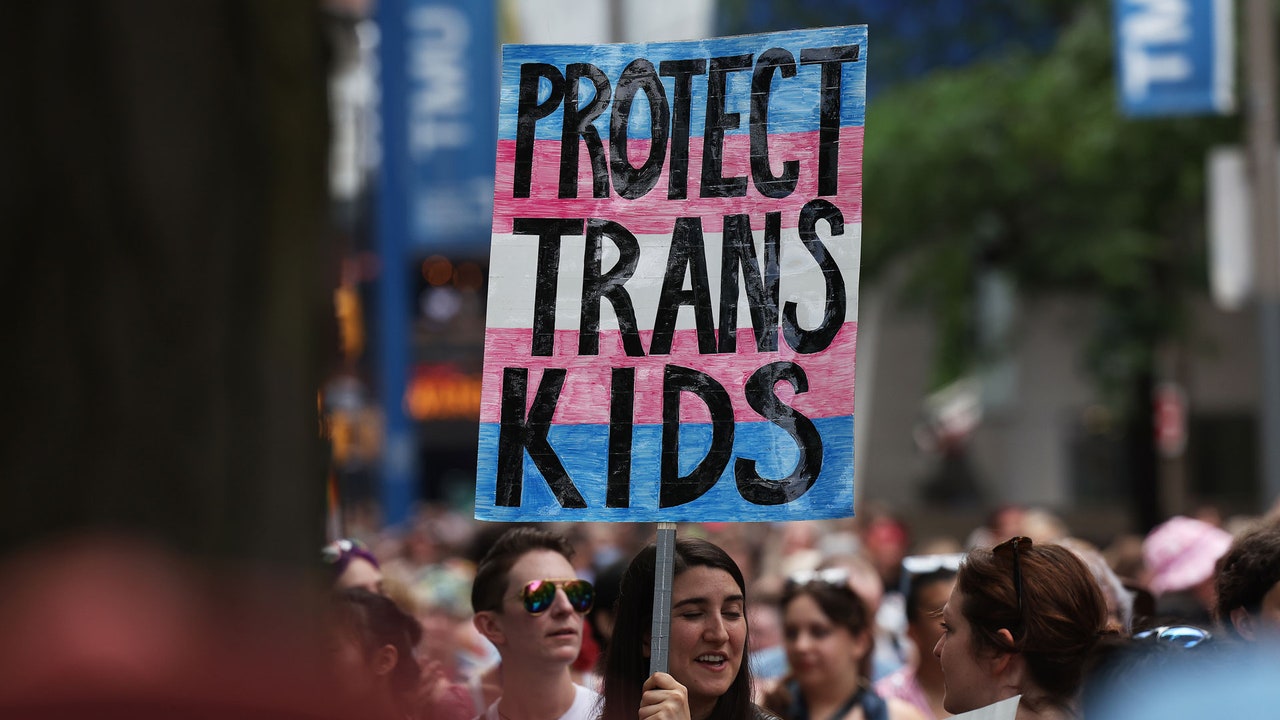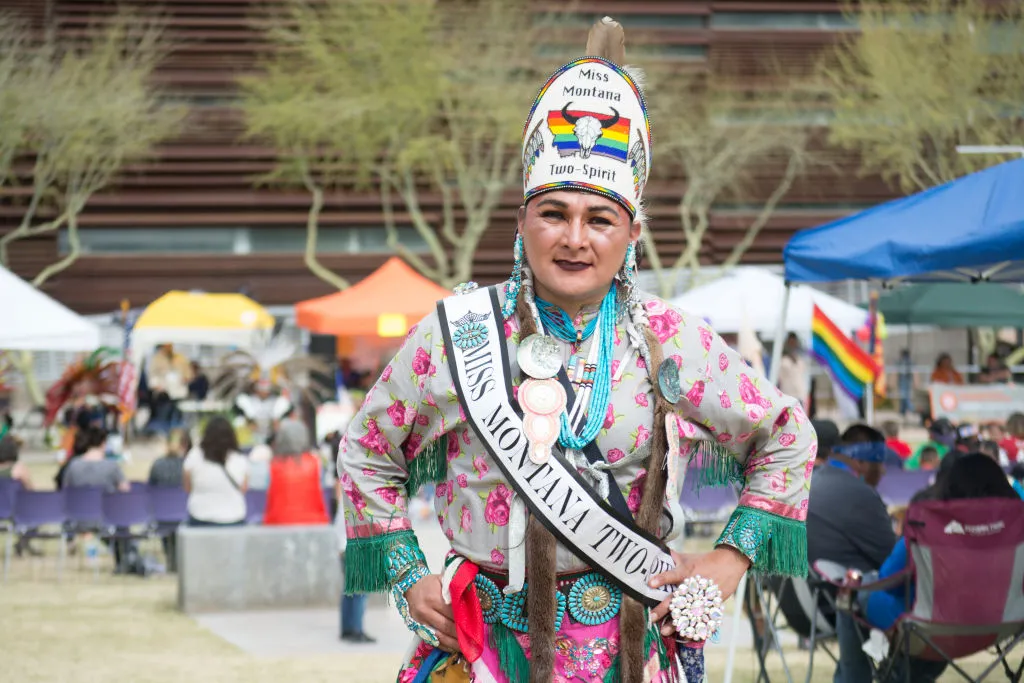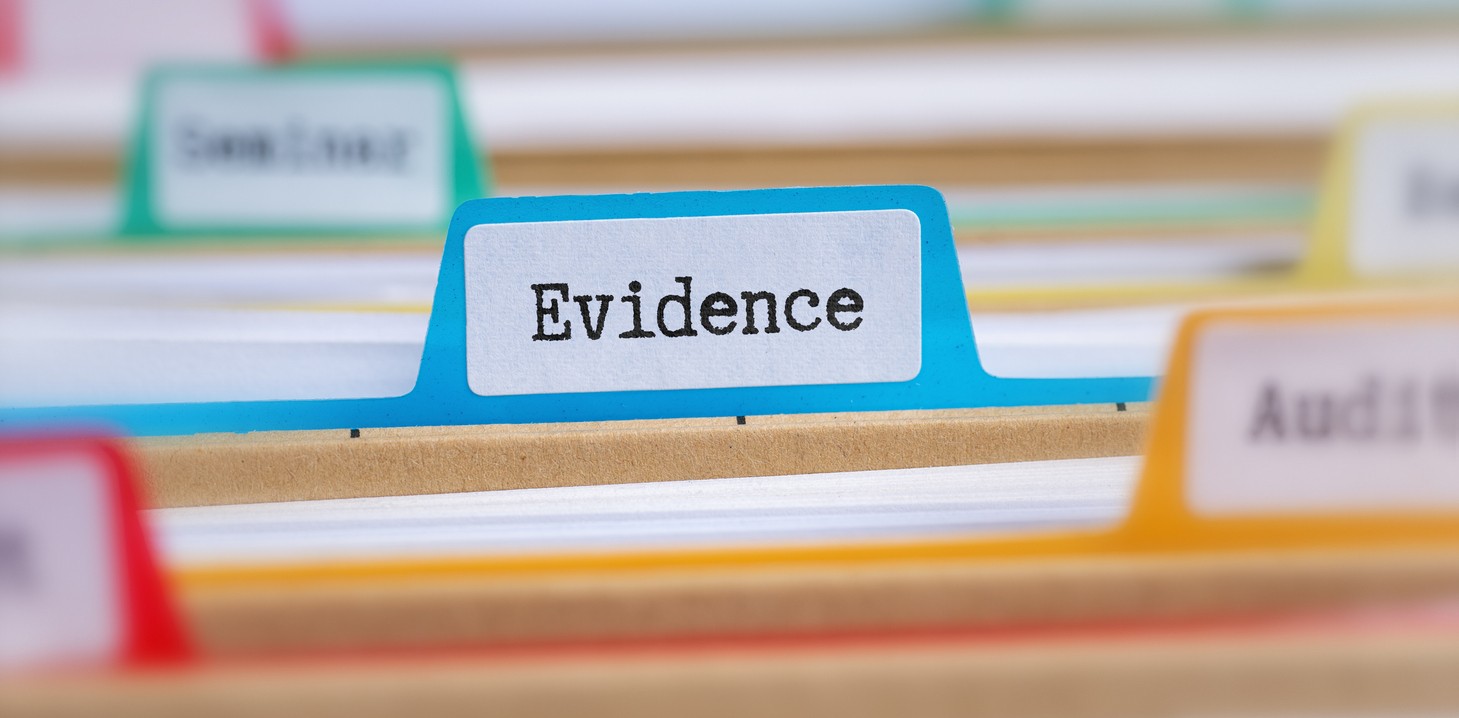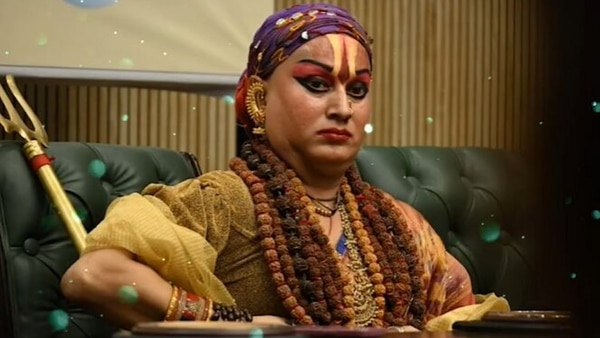

Johanna, a 25-year-old trans woman from Glasgow, agrees. “It’s a misunderstanding that’s extremely widespread. There can be a prevailing thought that ultimately being trans is not desirable,” she says. “When [language is used about] ‘digging into the reasons’ why a child is [trans, it’s about] looking for negative psychological things that they can say, ‘Well, that’s why.’ This kind of thinking is treating being trans as a problem rather than something that can be celebrated — something that can be joyous and something that can be wonderful and life affirming, which is what it’s been for me for me.”
When it comes to the guidance that suggests that teachers should share details about trans children’s’ preferences to their parents, Ella explains that this approach can do more harm than good in many cases.
Many trans children might “not be in a position where they might not be so comfortable telling their parents,” whereas they may be more trusting of a teacher, she says, “because they feel safe in school.”
A teacher shouldn’t be forced to “out” a trans child, says Ella. “A teacher isn’t going to know if that child has a safe home life; a teacher isn’t going to know whether that child’s parent is for or against transitioning,” she says.
Johanna explains that in some cases, this guidance could create a physical threat. “The obvious problem is that there could be children whose parents could be violently transphobic — their parents could be abusive towards them,” she says. “But there are a lot of children who also just want some space to explore themselves and might not really be ready for that conversation with their parents.”
Johanna had a drama teacher at school who offered her a safe space where she could discuss gender without judgement and without the fear of being “outed” before she was ready.
“That was really, really special and really, really important to me, and I think that’s the kind of support that kids need,” she says. “It doesn’t need to be this mass intervention where the teachers and parents are in close contact with each other about all of the little details — because their children are their own people with their own emotions and their own sense of identity.”
The other major issue the trans community with the guidance is that it suggests teachers shouldn’t be required to use children’s preferred pronouns.
“It is disrespectful in my eyes. [If that happened to me when I was a child at school], I would feel emotionally attacked — I’d be embarrassed and I find it hard,” she says.
“If that happened to me, I just wouldn’t want to be here,” she goes on. “Suicide is already the biggest killer of trans people. And also the suicide rate in the trans community is so high just like the unemployment rate. And I think that would make it 10 times harder.”
Ultimately, Ella, Johanna and other members of the trans community would like to see the government offering advice to schools that is founded in supporting, rather than fearing, trans children. And the first step is about listening and understanding people from the community.
“Rather than listening to trans young people and reflecting best practice of inclusive educators across the UK, the Government has created more confusion for schools and is putting young people at risk,” Mermaids says.
Ella adds, “The majority of [the government] are straight, white and cisgender and they haven’t had first hand experience of the queer community and the trans community. The guidance is made without listening to us — these decisions are being made for us and they’re never in our favour.”
There are things you can do now about the transgender school guidance. Mermaids recommends taking action and asking your MP to speak out against this proposed guidance. If you need support contact their Helpline at 0808 801 0400.



